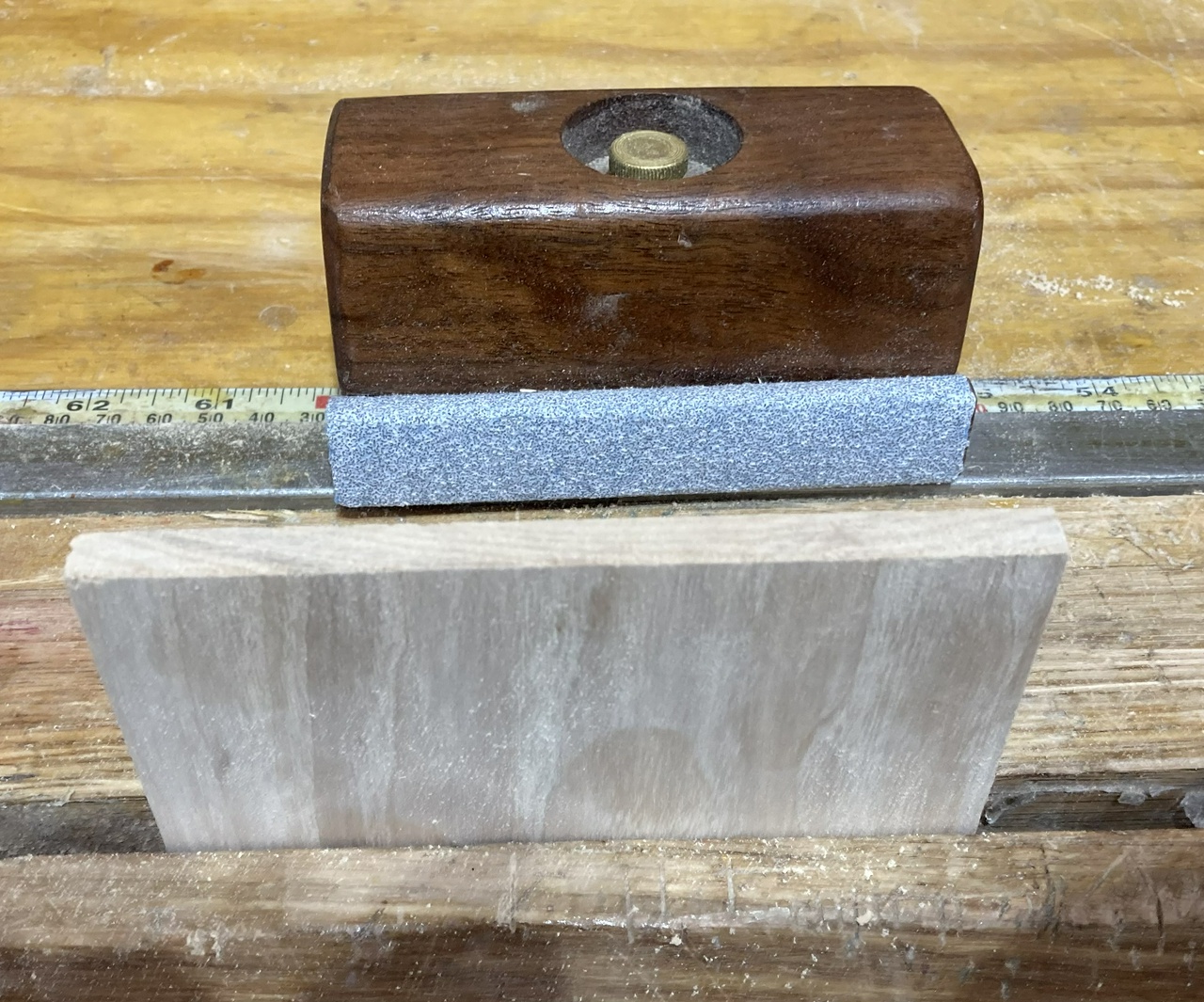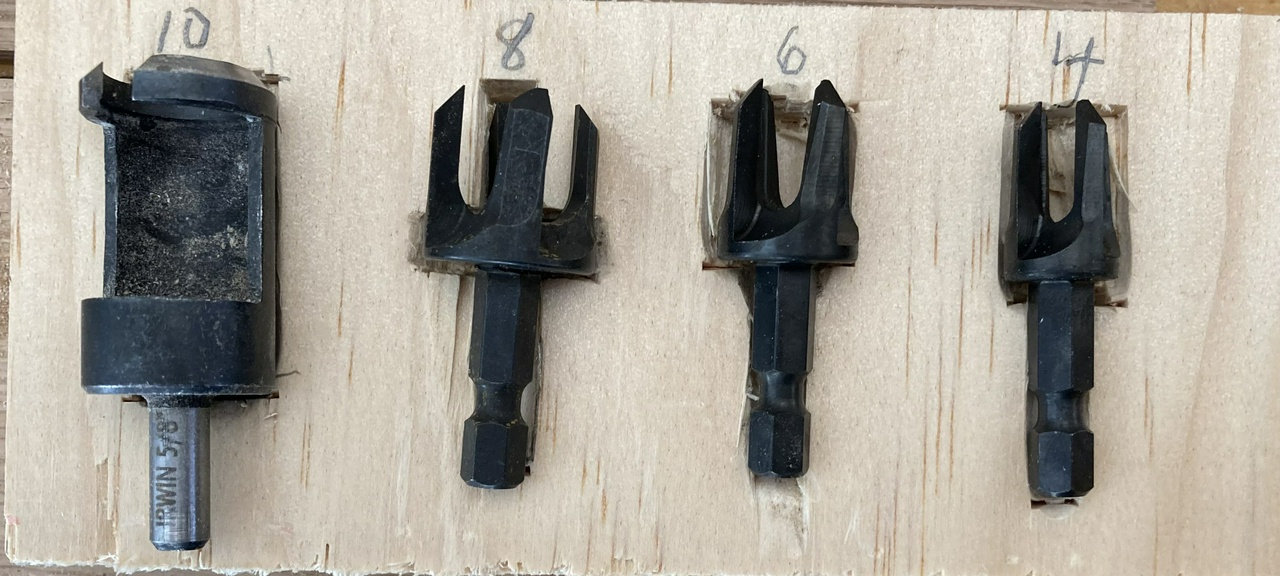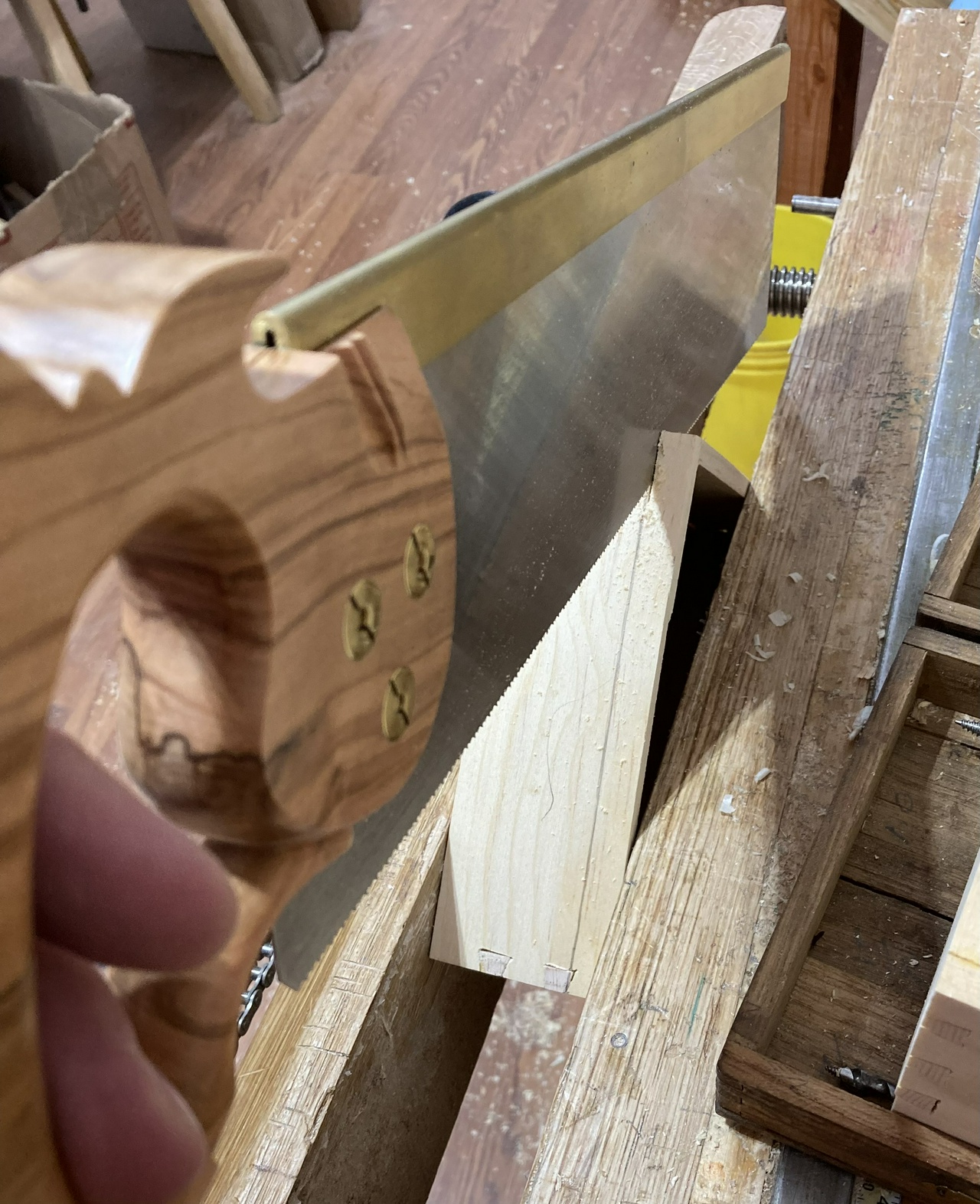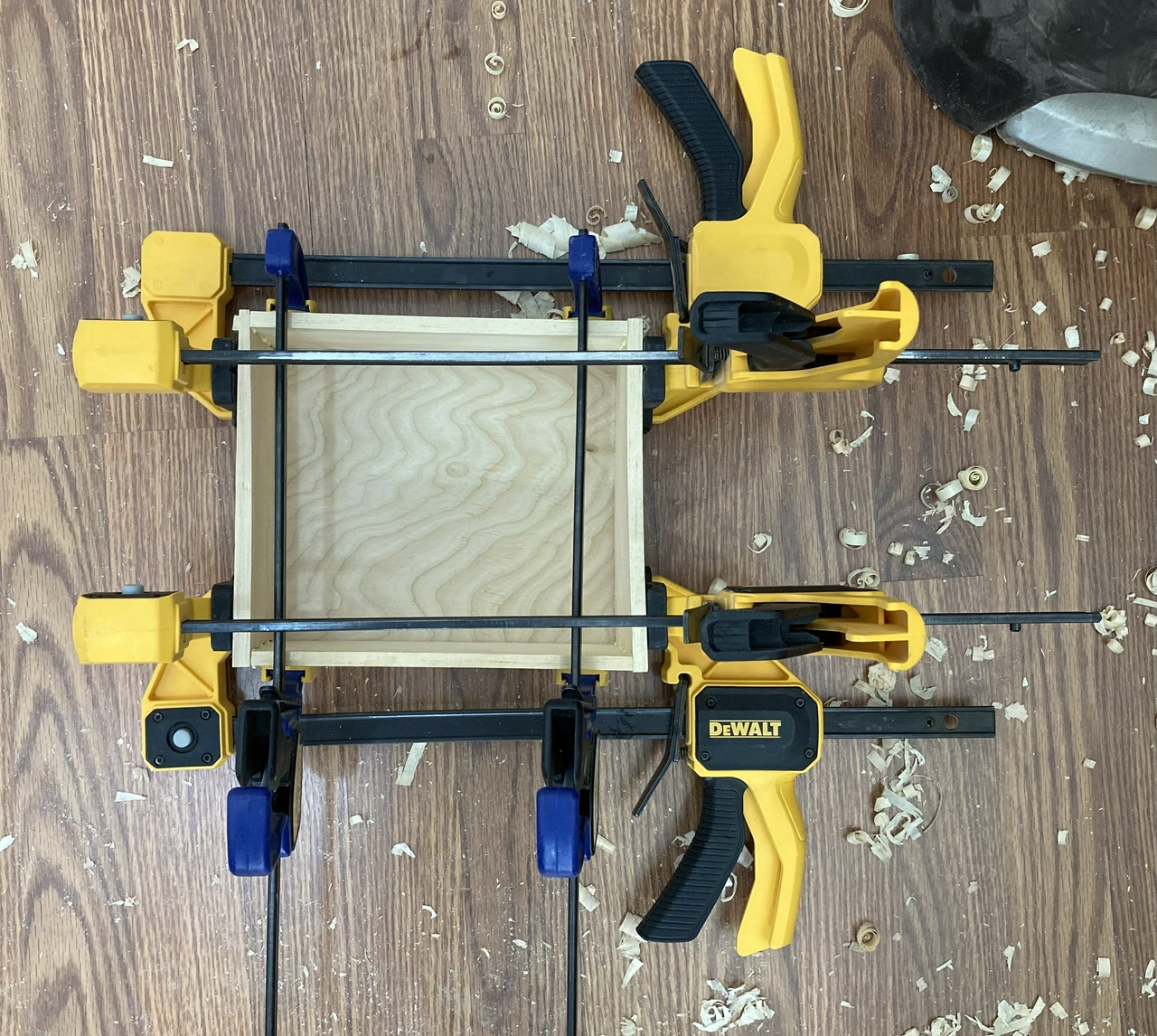Boring Tools Till – More Drawer Front Finishing

Today's finishing started with the four drawer fronts I showed last time. I gave them all a half-dozen quick coats of shellac and oil, with some rottenstone to fill the grain a little quicker, then put them back so I could pull the other five drawer fronts to work on those. I don't think the first batch are done, but they're getting close. One more session should do the trick.
This next batch has the drawer with the crack and the bug tracks. That one got some CA glue drizzled into the crack from the back before I started, and also some CA on the front side. I don't want that crack to open up while I'm finishing the board, and I feel like I've solidified things a little.

My squeeze bottle of shellac was getting a little low too, so it was time to mix up a new batch. 2 ounces of shellac flakes in the 14 or 15 fluid ounce salsa jar leads to a mix that's just a little bit over a one pound cut. Dissolves fairly quickly with the magnetic stirrer mixing it up. It'll be ready for use tomorrow morning when I'm back in the shop for sure.

Also, I used some rottenstone in the first bits of finishing on these drawer fronts. It's fine pumice, and will abrade the surface of the wood a bit, creating a slurry in the shellac and oil, and then pushing that slurry into the grain. I decided I'd compare using it first versus using it in the second round of finishing.

The downside of using rottenstone is that it wears out the pad fairly quickly. But that's an easy problem to solve; just move the outer layer of t-shirt to a fresh spot after wearing through somewhere.

A few more coats of oil and shellac, and the second batch of drawer fronts are looking pretty good.

There are still some spots where the grain hasn't been completely filled yet, but I think I can safely put the rottenstone away and just finish with shellac and oil.

Contents #woodworking #storage #frenchPolish #shellac
Discuss... Reply to this in the fediverse: @davepolaschek@writing.exchange







































































